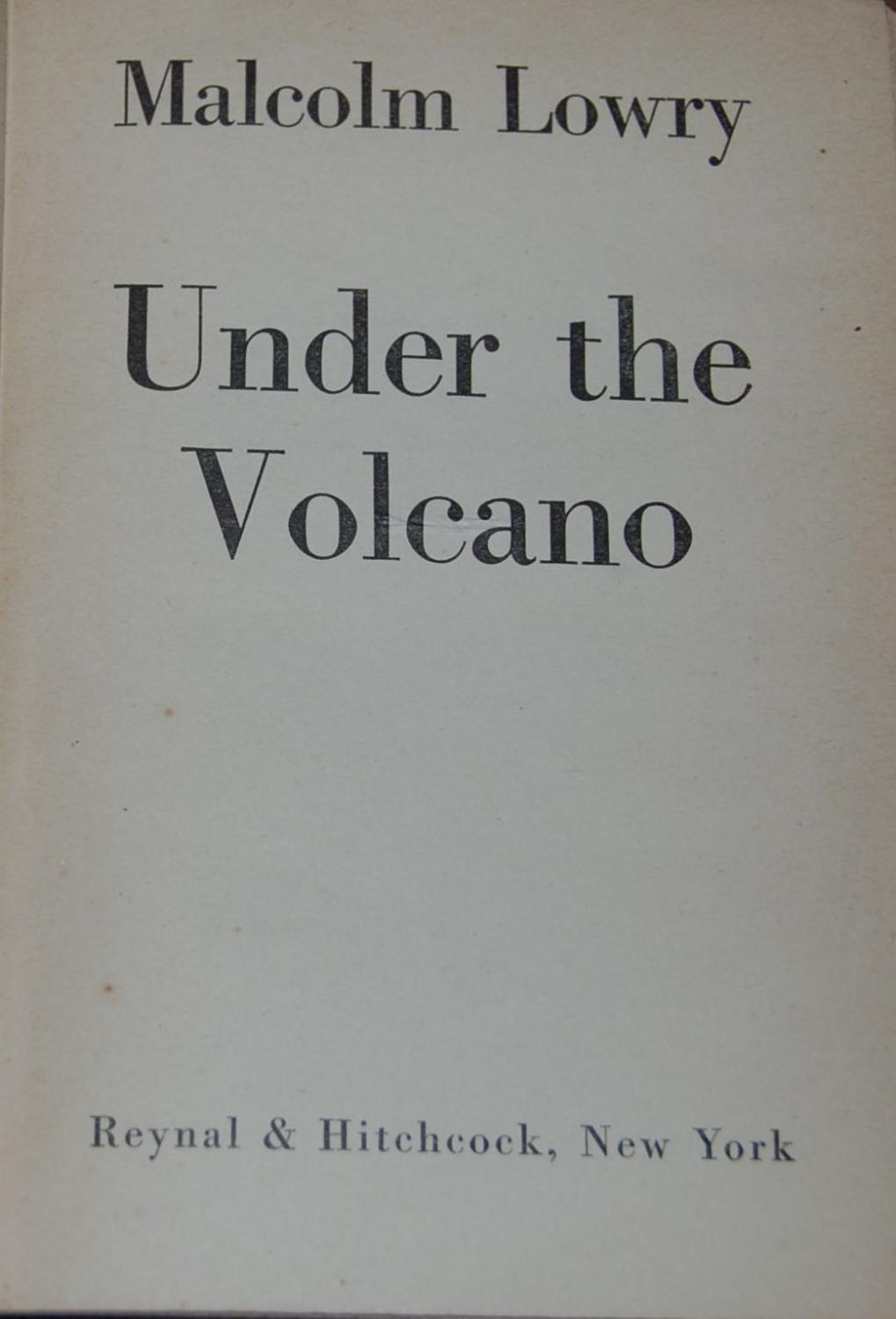


Formally, then, the novel’s narrative technique owes a huge debt to Joyce, Conrad, and Faulkner (Nos 46, 32, and 55 in this series). Halfway through, the consul decides that “It was already the longest day in his entire experience, a lifetime”. He is drinking himself to death, like Lowry himself, though Under the Volcano is about much more than alcoholism.

In 12 chapters corresponding to the 12 hours of the consul’s last day on earth, Lowry takes Firmin on a colossal bender, fuelled by beer, wine, tequila and mescal (“strychnine” to our protagonist). Lowry’s Captain Ahab, however, is fighting a more nebulous nemesis than a whale. At the back of his mind, he was inspired by Melville ( No 17 in this series) and the capacious majesty of Moby-Dick. Lowry himself, a refugee from the Fitzrovia of his contemporary George Orwell and the young Dylan Thomas, described Under the Volcano as “a prophecy, a political warning, a cryptogram, a preposterous movie, and a writing on the wall”. It was then, we discover, that Geoffrey Firmin – the former British consul, ex-husband of Yvonne, a rampant alcoholic and also a ruined man – embarked on his via crucis, an agonised passage through a fateful day, that would end in Firmin’s killing. Two men in white flannels, one a film-maker, are looking back to last year’s fiesta. It is November 1939, the Day of the Dead in Quauhnahuac, Mexico.


 0 kommentar(er)
0 kommentar(er)
